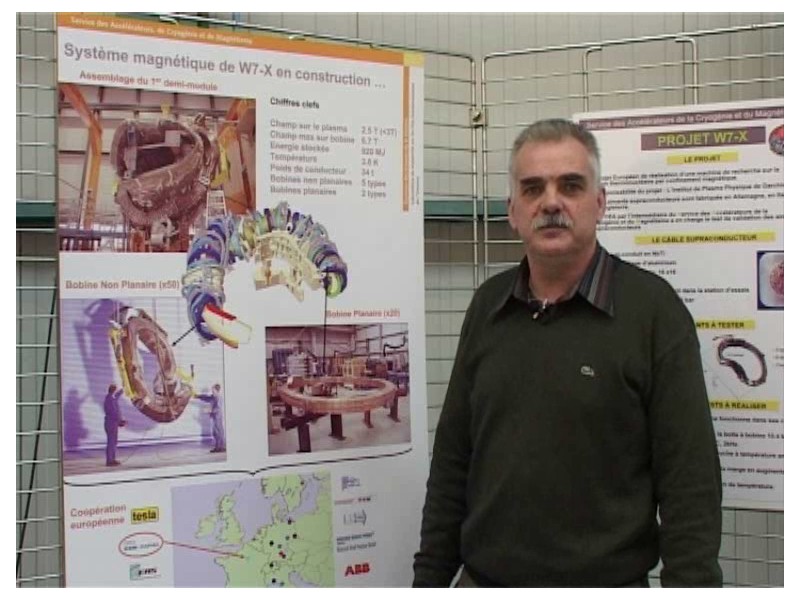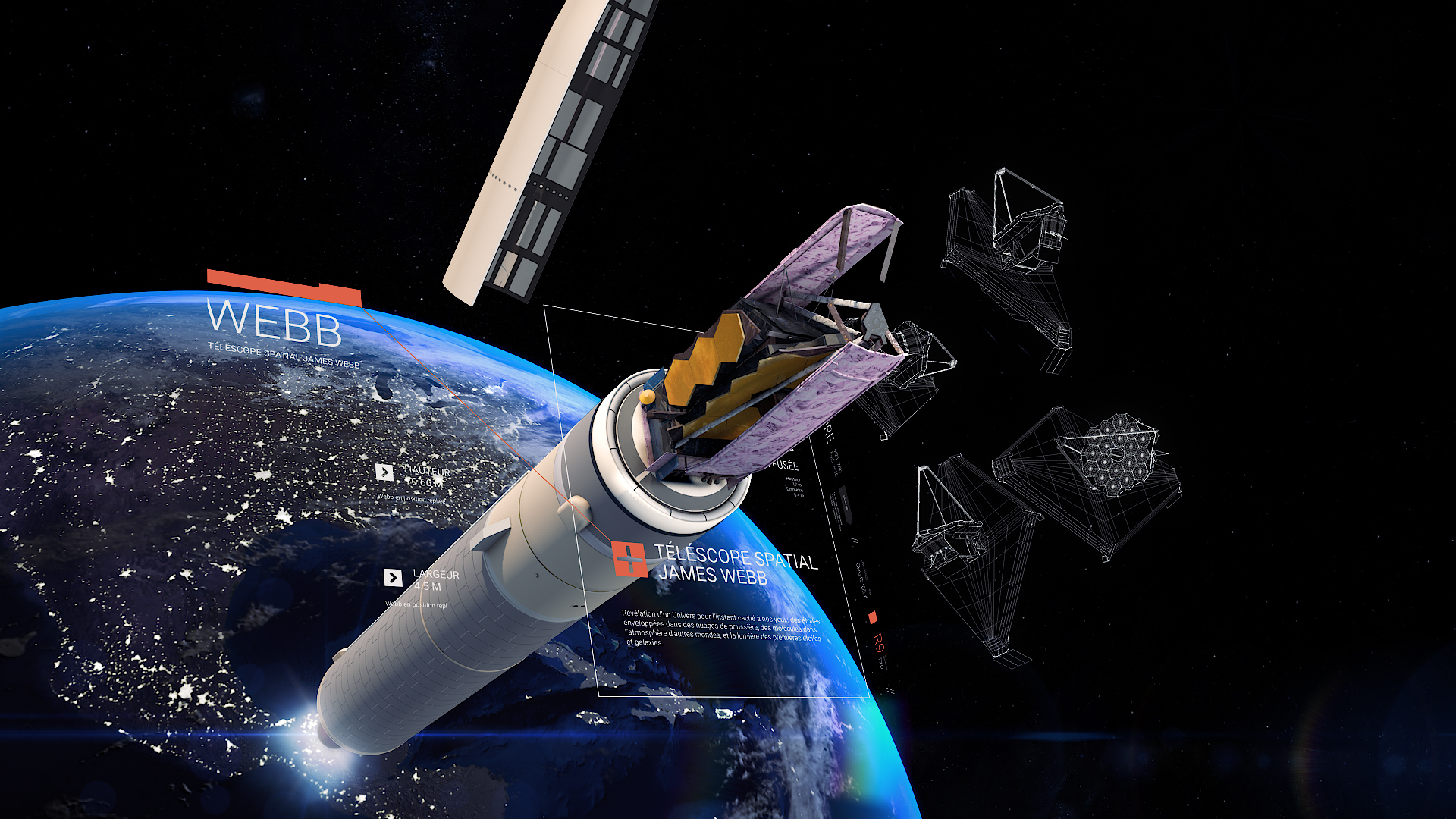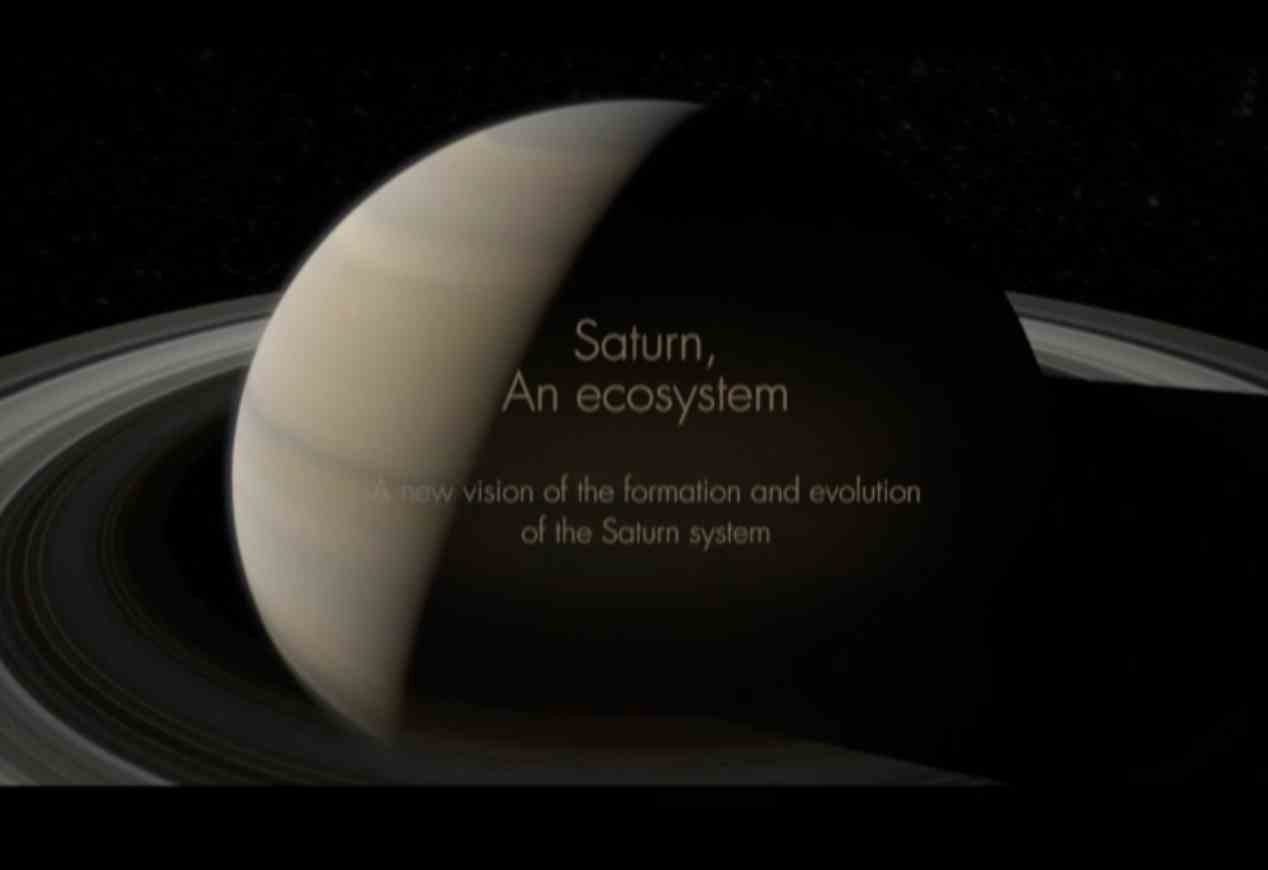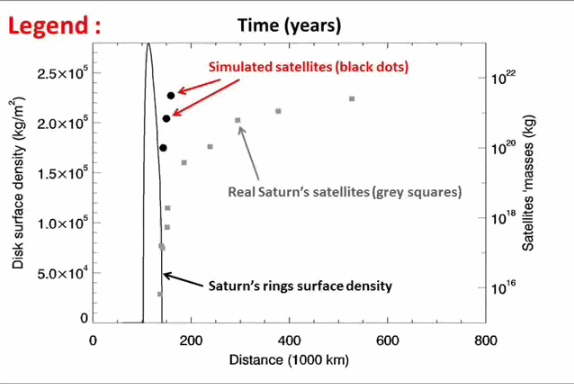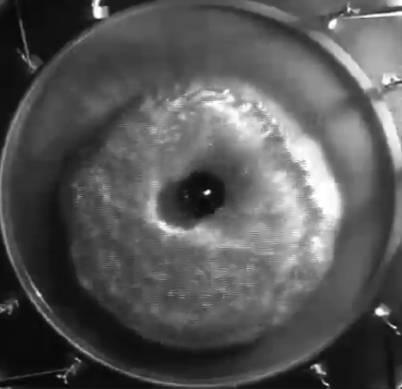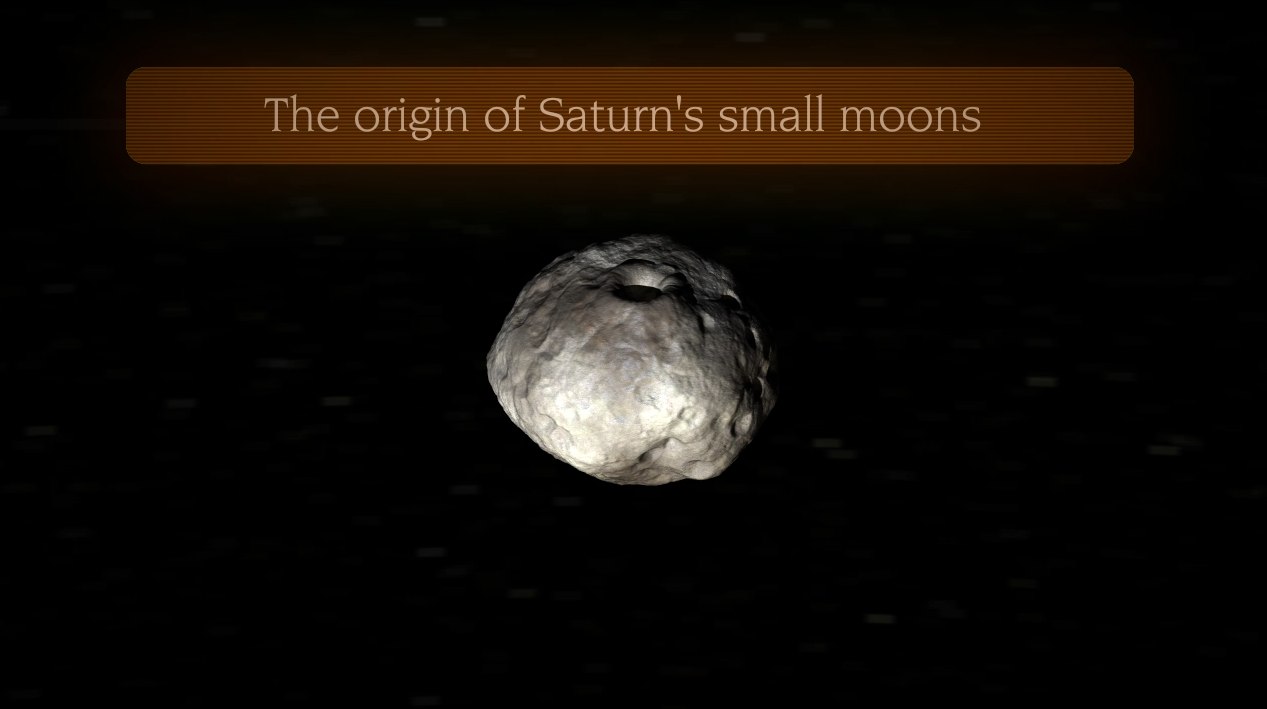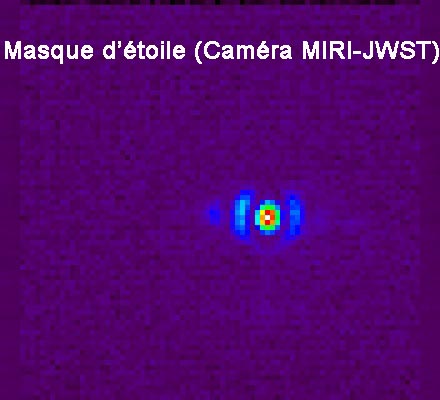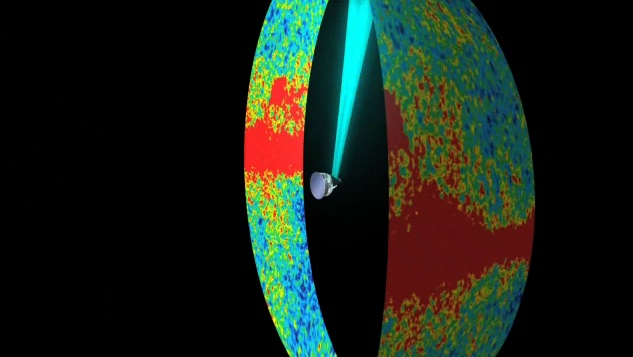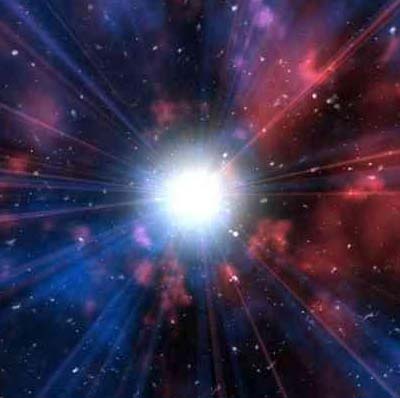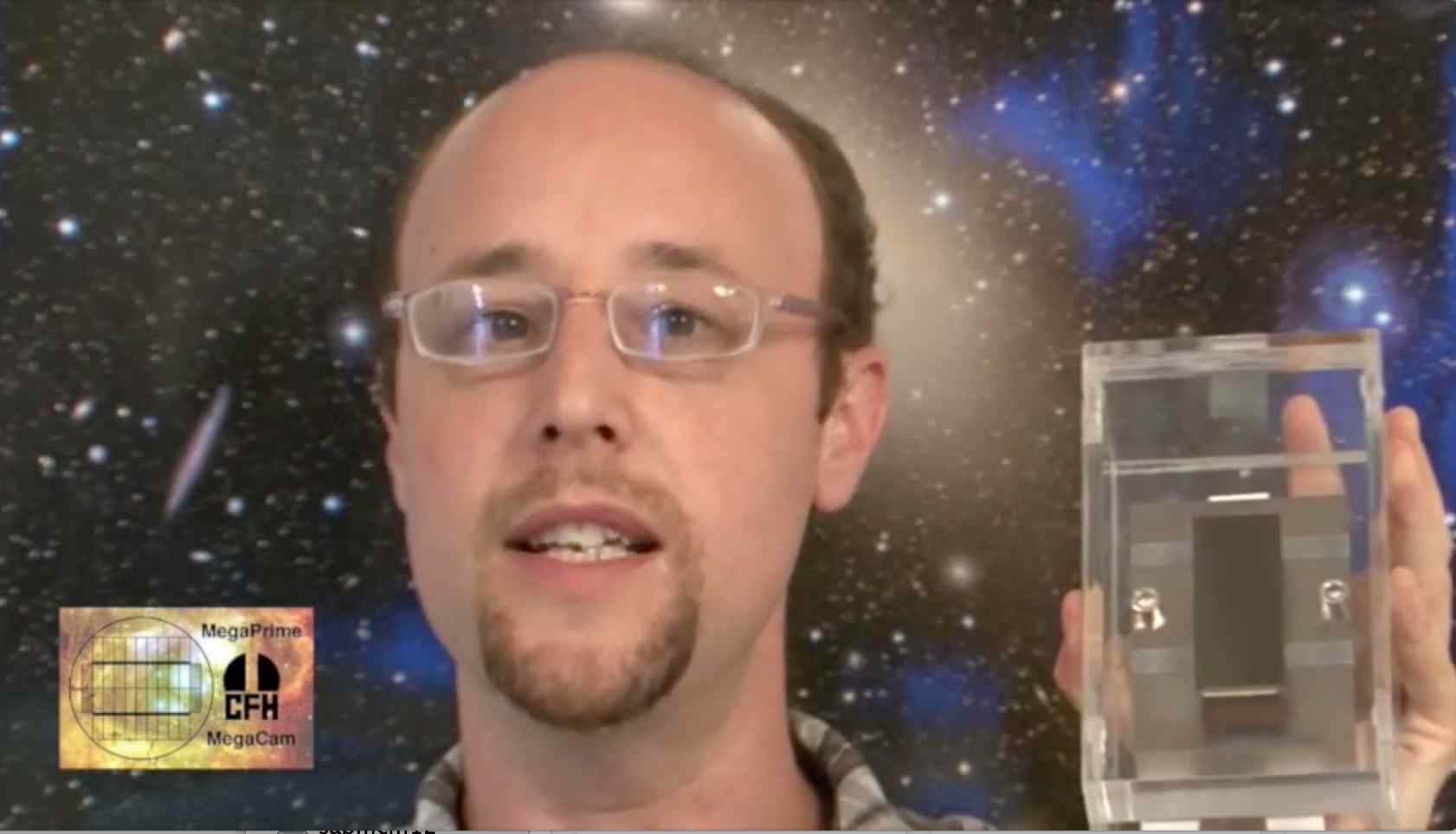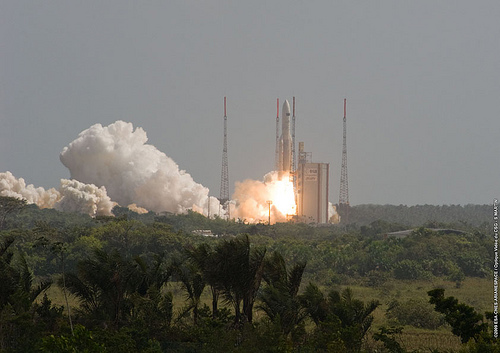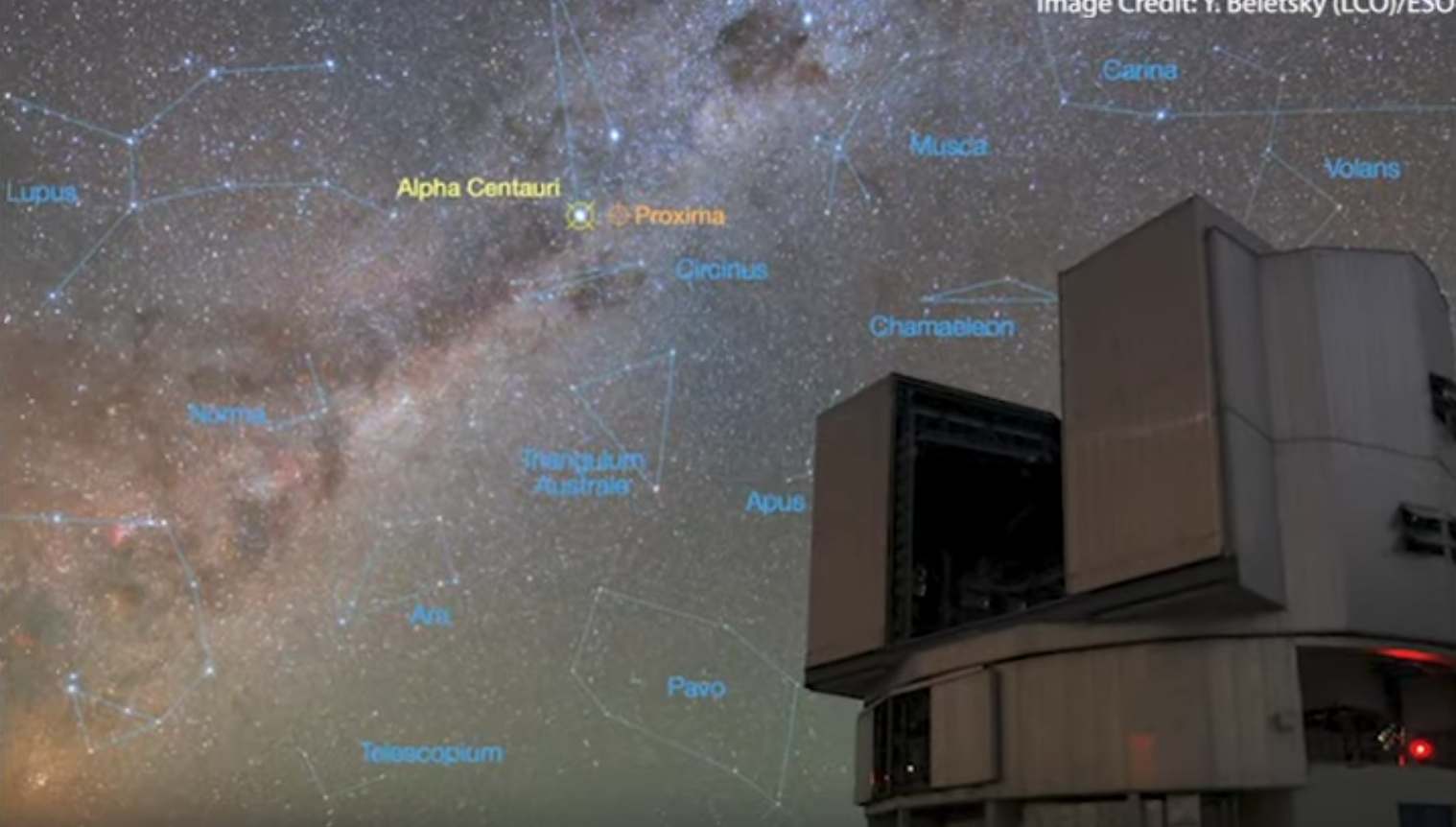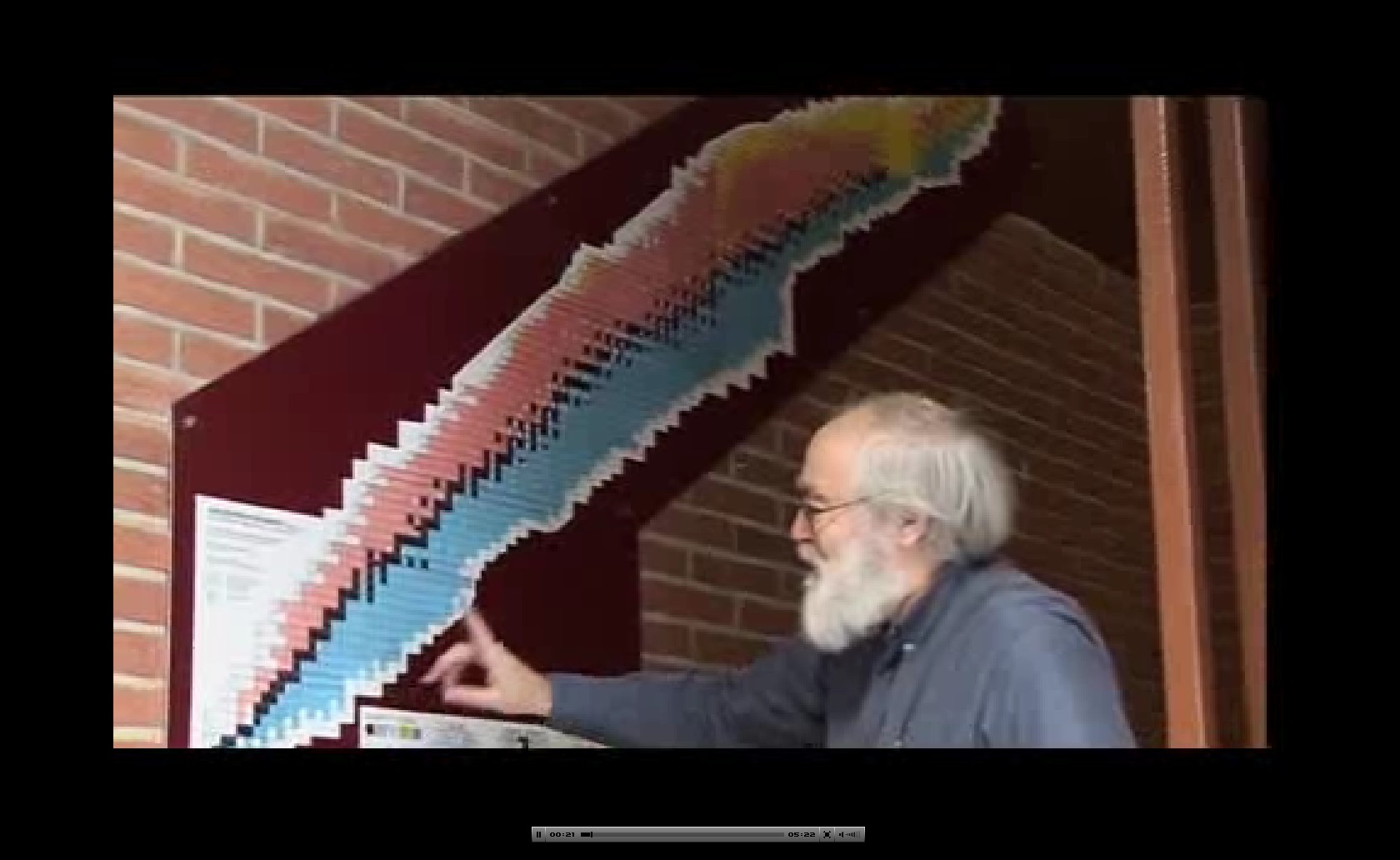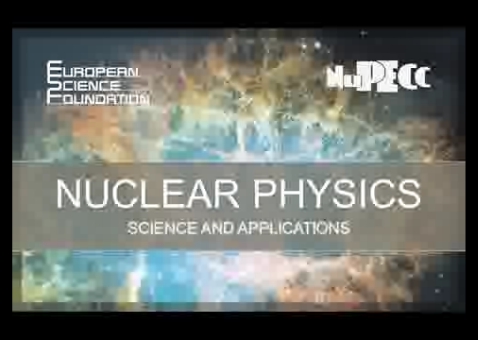Accelerators, Cryogenics and Magnetism Division (DACM)
Located on 25,000 m² of the CEA Paris-Saclay center, the technological platforms the "Synergium" brings together all the scientific and technical » More
17-01-2020 - 6:56
08-01-2010 -
Department of Astrophysics (DAp) // UMR AIM
The James Webb Space Telescope was designed to answer major questions in astrophysics, such as the formation of planets and exoplanets, the first » More
10-12-2021 - 4 min
11-04-2022 - 6:17
The planetary rings may be at the origin of most of the satellites around planets
Numerical simulation of Saturn's moon formation from an initial massive rings
This simulation shows how moons are created at the edge of Saturn's » More
30-11-2012 - 1min55s
Hydraulic analogue of asymetric star explosions
A hydraulic instability crucial for massive stars explosions has been demonstrated in a very simple experience using an analogy between the sound » More
03-02-2012 -
Red giants oscillations
Analysis of star vibrations has allowed to reach the heart of red giant stars and to discover their modes of energy production. Copyrights : Pieter » More
31-03-2011 -
Numerical simulations show new moons forming now from the rings (Duration 4:25)
Numerical simulations peformed by a group of astrophysicists of the AIM-CEA Saclay Laboratory (University Paris Diderot, CEA, CNRS) and the Nice » More
09-06-2010 -
Le coronographe de la caméra MIRI du JWST (durée:0.06 mn)
L'instrument (Mid-InfraRed Instrument) qui va équiper le télescope spatial James Webb (JWST), le successeur du télescope Hubble qui doit être » More
22-04-2010 -
High resolution mapping of the first light in the Universe
The Planck satellite must survey the entire sky to construct a high resolution image of the Universe's fossil » More
24-03-2010 -
A starburst triggered by a massive black hole
A spectacular interaction between a quasar, a giant black hole at the heart of a galaxy, and a nearby companion galaxy is revealed by observations » More
22-02-2010 - 33''
25-11-2009 - 22''
Une explosion d'étoile annoncée par un flash lumineux
Des observations ont montré qu'une étoile massive qui s'est désintégrée était sans doute constituée uniquement de carbone et d'oxygène. Ce » More
14-01-2009 - 1'18''
08-01-2009 - 2'40''
Cosmology with cosmic shear observations
Review article by Martin Kilbinger (CEA/Sap) in Reports on Progress in Physics
Martin Kilbinger 2015 Rep. Prog. Phys. 78 086901
Cosmic shear is the » More
28-07-2015 - 5min30s
Débat entre deux invités sur un plateau de télévision (durée: 27 minutes)
Retrouvez un débat sur la chaine d'Universcience TV: Faut-il encore croire au Big Bang ?
Jean-Marc Bonnet-Bidaud, astrophysicien au CEA, » More
02-06-2010 -
Le 14 mai 2009
Lancement d'Ariane 5 avec à son bord les télescopes spatiaux Herschel et Planck, vu depuis Kourou et le siège de l'Agence spatiale européenne à » More
02-09-2009 - 8'42''
Imaging Habitable-Zone Exoplanets Around Alpha Centauri
Cette vidéo présente les résultats de l'expérience Breakthrough Watch / NEAR (New Earths in the Alpha Centauri Region). Basé sur la publication » More
11-02-2021 - 4:00
The Electronics, Detectors and Computing Division
The James Webb Space Telescope was designed to answer major questions in astrophysics, such as the formation of planets and exoplanets, the first » More
10-12-2021 - 4 min
01-04-2009 - 3'37''
The Nuclear Physics Division
18-03-2011 -
The Particle Physics Division
01-04-2009 - 3'37''
The Systems Engineering Division
The James Webb Space Telescope was designed to answer major questions in astrophysics, such as the formation of planets and exoplanets, the first » More
10-12-2021 - 4 min



